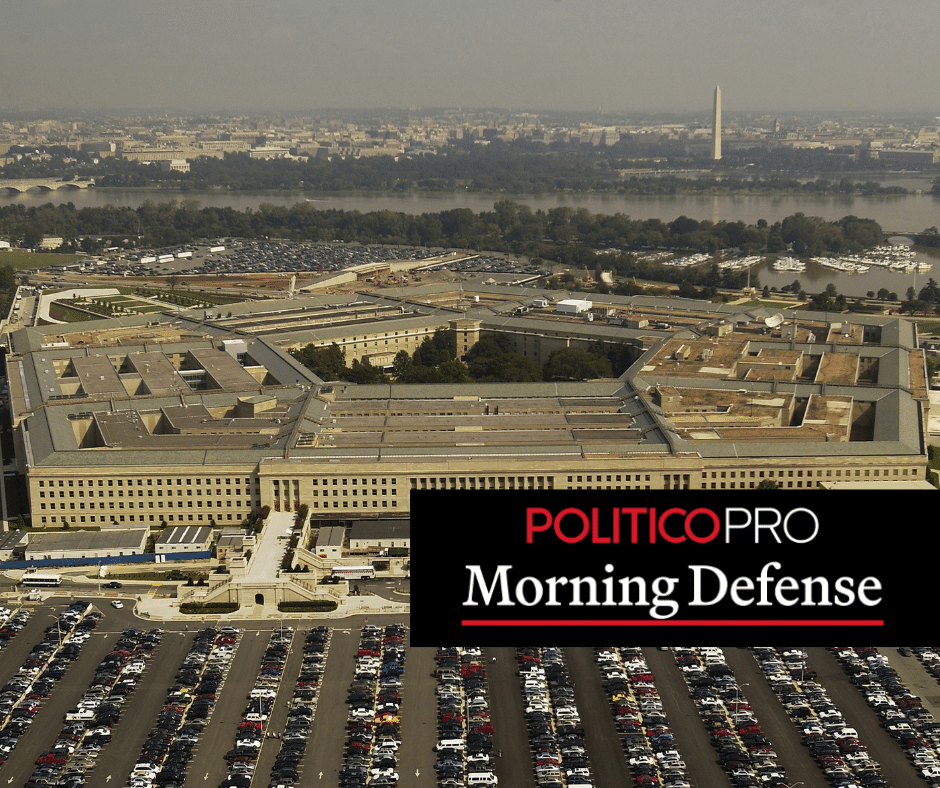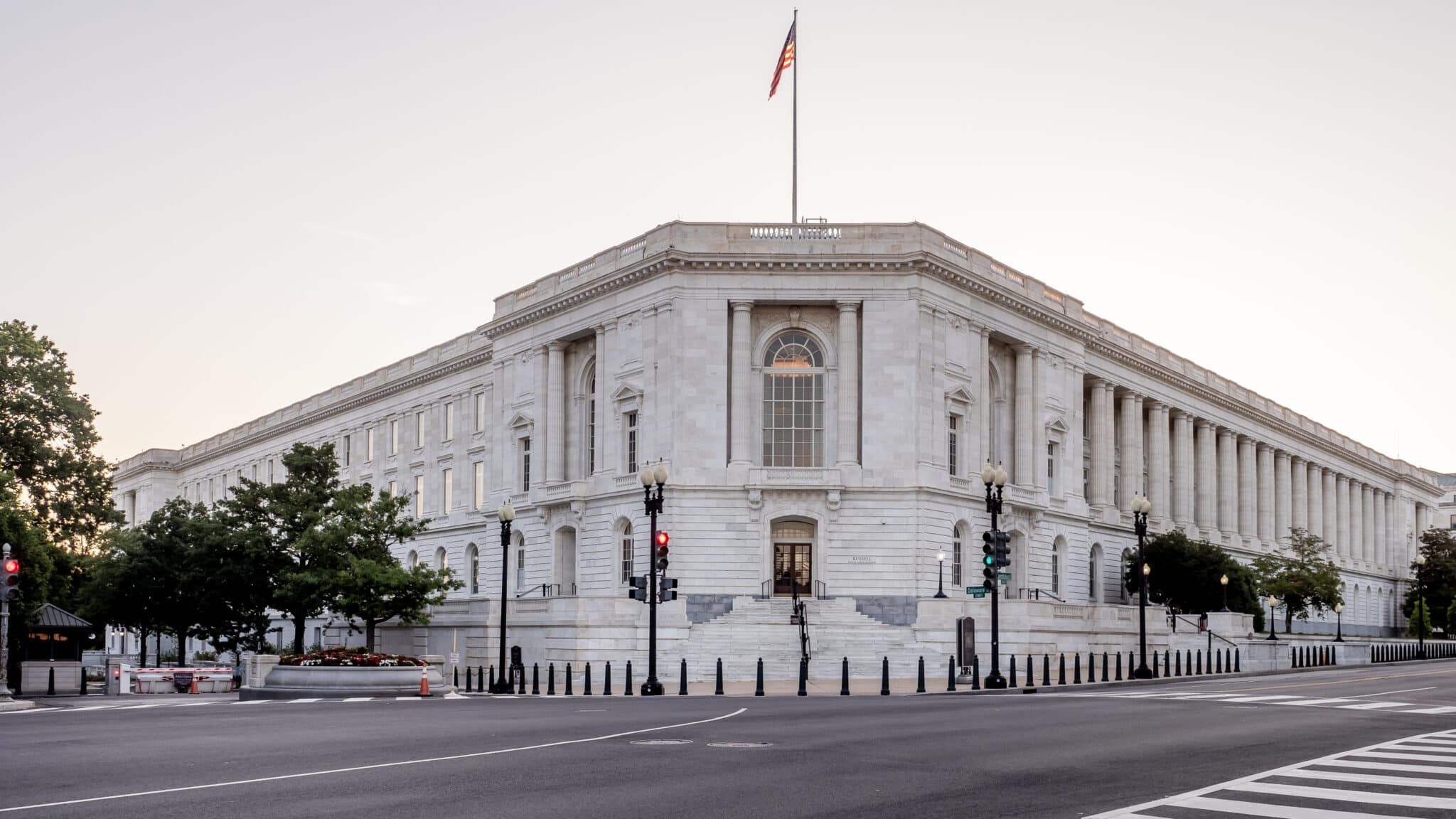Essential Air Service (EAS) reforms passed as part of last year’s Federal Aviation Administration (FAA) authorization bill were intended to save taxpayers millions of dollars from this wasteful program. In large part, this would be accomplished by kicking out of the program any airports that require greater than $1,000 per passenger in subsidies and/or that have less than ten enplanements per day. Thus far, one airport (Ely, NV) has received the axe. Two more will be cut later this month (Lewistown and Miles City, MT).
So, how did taxpayers do in the deal? How big are the savings as a result of these modifications? The chart below tells it all. Approved funding for the current year (fiscal year 2013) is $153.3 million. That amount will INCREASE for next year under every scenario. It would rise to $262M in the president’s request, to $216M in the House bill, and to $246M in the Senate bill.
This can be explained in large part by the dramatic increase in available “mandatory” spending on the program, which Congress knew was set to expand based on an increase in the rate charged in “overflight fees.” These fees are paid by passengers that fly through U.S. airspace but do not land in the U.S. As TCS pointed out at the time, Congress bragged about the reductions to the EAS program (on the discretionary side) when it passed the FAA authorization bill, but knew full well that the overall amount spent on the program would actually increase (because of higher amounts on the mandatory side). This year’s president's request and House and Senate appropriations bills bear that out.
It’s hard to find a better lesson in how Washington got us into the fiscal mess than considering the “savings” Congress is set to achieve with the EAS program.
| Funding for Essential Air Service, Enacted and Proposed | ||||
| (all in millions) | FY13 Enacted | FY14 Pres. Request | FY14 Senate | FY14 House |
| Discretionary | $135.5 | $146.0 | $146.0 | $100.0 |
| Mandatory (Overflight Fees) | $47.8 | $116.0 | $100.0 | $116.0 |
| Total | $183.3 | $262.0 | $246.0 | $216.0 |










